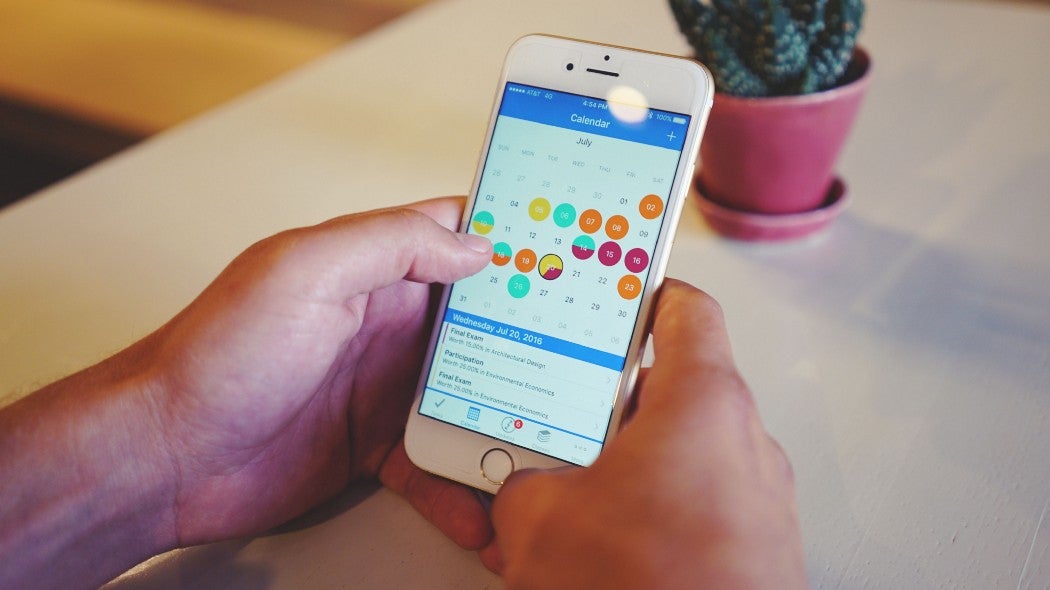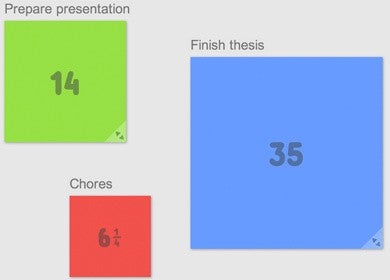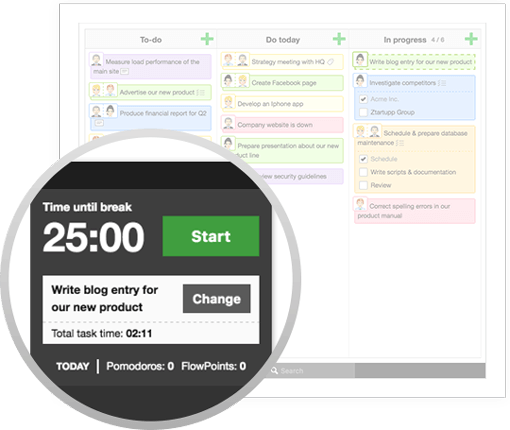Contents
- Get Started
- Dealing with Big Tasks
- Deadlines Can Be Liberating
Today’s digital workers are faced with the struggle of working too much or not being productive enough. Some feel a sense of fulfillment when they spend long hours on one task, while others can’t seem to find the right push to start working. We all handle our tasks differently, but if you need to put a structure to your workflow, a technique called Timeboxing can help.
Timeboxing starts with the principle that deadlines matter. This technique establishes a sense of urgency and lets you focus to get a task done. You do it the best of your ability within the time, then you stop, whether you have completed the task or not.
This technique emerged as a project management approach to software development. However, it has since evolved to be applicable for projects in a variety of industries. You can even use it for your own errands or chores.

Timeboxing and the Paradox of Perfectionism
Perfectionism isn’t all too bad. It becomes a problem when you get too hooked on one task without any valuable output. So when you put a time constraint around a task, you commit to working your best within the allotted time.
How Timeboxing Beats Procrastination
Timeboxing beats procrastination by helping you focus on your work. Setting a time to complete a task forces you to ignore distractions and focus on your work.
Get Started
All you need are tasks to do and some way to keep track of time. You can use your watch, a clock, your phone’s timer, or any device that tells time. This technique breaks down your day into boxes where you work on tasks at certain durations. You give yourself short deadlines for each task, making sure you finish it within the time. Having a realistic deadline gives you no choice but to focus and ignore distractions.
Here’s how to get started:
1. Identify Your Tasks
This can be any task at all, but there are some that lend themselves better to the timeboxing technique. Big tasks or those that require more mental effort are perfect for this technique. Some big tasks include preparing a sales pitch or writing a novel.
On the other hand, there are small tasks, or things that you waste way too much time on when you do them. For instance, visiting social media sites — going through your Twitter feed is a task. But now, you can set a certain duration for similar activities that usually eat up much of your time. The only difference is that you won’t waste hours, and end up forgetting the real work you need to do.
Now, take a few minutes to think about what you want to accomplish by timeboxing them. It may be that you want to get the motivation to take the first step or mitigate the damage of something you usually spend too much time on.
2. Assign Realistic Deadlines
How much time you set depends on what your goals for the action are. Do you want to get the courage up to get started on a big task? Set a short time that you know won’t be too difficult to commit to. Do you want to make incremental progress in something big? Then set a longer timeframe if you’re feeling motivated — don’t go overboard and burn yourself out.
The important thing is not to worry too much about setting the perfect amount of time for your timebox. In time, you’ll develop an intuitive feel for how much time you should set for each task.
3. Get To Work
Begin the time and focus on completing the task. Avoid any distractions. When that block of time is over, stop working. You can take a few seconds to finish that sentence or finish aligning that image, but nothing more than that.
4. Reward Yourself
Reward yourself for a job well done. It can be a treat, a pleasurable activity, or something simple like well-deserved rest. Timeboxing your reward time can also help you not get too carried away when you take a break and need to get back to work. You allow yourself to work and play, but not run the risk of getting carried away that nothing else gets done. On top of that, you’ll become more motivated when you move on to your next task.
5. Check Your Progress
See what tasks you’ve accomplished and review your progress at the end of every timebox. Ask yourself the following: did you complete your work? If you didn’t, why not? How will you schedule your tasks next time?
Dealing with Big Tasks
When you have a huge task to do, the best course of action is always to divide and conquer. Timeboxing gives you the perfect way to do that. You isolate a specific area of that task, devote a set amount of time to it, and then move on to the next area.
You won’t waste too much time on one specific area of the task, but you break them down into manageable chunks.
Deadlines Can Be Liberating
Timeboxing helps you avoid analysis paralysis, beat procrastination, and increase your motivation. It has a lot of benefits when you apply it to your workflow:
- Improve Your Focus — If you struggle to concentrate, it might be because you multitask. Most of us find that we lose time when we switch between tasks. Timeboxing, however, narrows your focus to one activity at a time.
- Avoid Distractions — Another benefit lies in managing time sinks. A time sink is an activity that you often spend a lot of time on. If you timeboxed 10 minutes to check your email, you’ll discover an efficient way to clear out your inbox.
- Get Things Done — Timeboxing ensures that you keep moving forward. It helps you gain the momentum to work until you reach your goal or solve your problem.
- Become motivated — When you’re faced with a deluge of tasks, your natural inclination is to put it off. When a task seems daunting or boring, you do your best to avoid it and waste a lot of valuable time in the process. Timeboxing removes that feeling of dread which hampers your productivity.
Why Use This Technique?
If you know you only have a fixed amount of time, you become more focused. A timebox also prevents you from getting tangled in a problem that is not worth spending extra time on. It also makes sure you take regular breaks to prevent burning out.
Tools
You can use these apps to start timeboxing:
- Timebox.io (iOS/Android)

- Kanban Flow (Web)

- 3030 (iOS)

Over time and with practice, timeboxing can help you become more productive. It trains your mind to become more focused for longer periods of time. As Lao Tzu said, “A journey of a thousand miles begins with a single step,” and timeboxing teaches you how to make use of your time wisely. Give this technique a try and let us know how it works out for you.















![The Crossover Cognitive Aptitude Test [Official CCAT Guide]](https://assets-us-01.kc-usercontent.com:443/7beb5311-75a4-0049-50f5-8f58fd55aba7/57f22476-19f4-4309-a615-a27b35061cda/CCAT_Guide_Header2.jpg?fm=jpg&auto=format&w=500&h=500&fit=clip)











